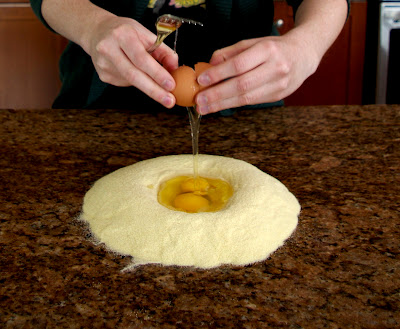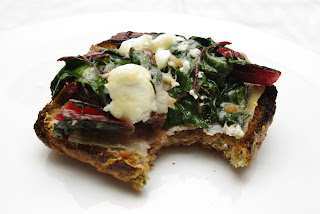 When I graduated from university I lived with my buddy Andrew for a few years in a funky apartment just up the street from Casa Loma here in Toronto. I have a lot of fond memories of that place but none are quite so fond as our monthly Lamb Slamb events.
When I graduated from university I lived with my buddy Andrew for a few years in a funky apartment just up the street from Casa Loma here in Toronto. I have a lot of fond memories of that place but none are quite so fond as our monthly Lamb Slamb events. They started when we discovered that our local grocery store would heavily discount cuts of meat that were nearing the end of their shelf lives and once a month whole legs of lamb could be had for a song. Being social guys fond of cooking, we decided to make an event out of this discount bounty and so we started a monthly dinner where we'd invite our girlfriends, friends and family over to try a different lamb recipe every month.
Over the course of almost four years we were able to trial a startling number of variations, some good, some less than good. It was no surprise that the old standards (curried, roast with mint sauce, garlic and rosemary rubbed) ranked highly among our friends and family but there were some dark horse entrants (or black sheep as the case has it) the best of which I think was this one. I have no idea if any of the flavours are authentic but this is what two Canadian dudes who have never been to Morocco came up with when we thought about Marrakech!
1 leg of lamb
Stuffing:
1/2 cup chopped apricots (if you have dried, reconstitute them in water or brandy)
1/4 cup pistachios, shelled, unsalted
3 cloves garlic
1/2 onion, chopped
1 bunch cilantro, roughly chopped
2 tsp olive oil
Spice rub:
3 tsp turmarec
1 tsp cinnamon
1 tsp salt
1 tsp whole allspice (1/2 if ground)
1 tsp whole cloves (1/2 if ground)
1 tsp ground cumin
1/2 tsp garlic salt
Put the stuffing ingredients in a food processor and pulse until well mixed. if necessary grind the spices and then combine them in a dry frying pan and toast over low heat until they just start to smoke. Immediately remove from heat and set aside.
Use a boning knife to cut down along the bone to open a pocket between the meat and bone for the apricot stuffing. Stuff the apricot filling down into the pocket using your fingers or the handle of a wooden spoon to get it all the way down into the meat. Once stuffed, coat the meat in the spices and brown on all sides over high heat in a bit of oil.
Once browned, transfer the meat into the roasting pan along with any veggies you'd like to cook (I recommend carrots, parsnips and beets) and roast at 400F for about an hour and a half or until internal temperature hits 130F on a meat thermometer inserted next to the bone. Because of the wonky shape, of the lamb you'll have a whole bunch of medium rare lamb and a bit of better done so you can cater to everyone's taste.






































